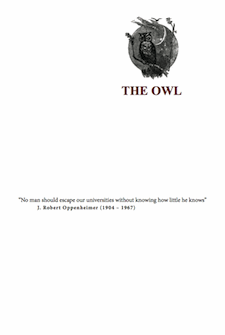Analysis of Pelvic Morphology and Birthing Practices:Comparisons of Modern and Prehistoric Humans
Keywords:
obstetrics, childbirthAbstract
Obstetrics has changed drastically with improvements from the scientific community, but there are still many places of the world where modern medicine is underutilized. This study compares cultural practices of childbirth and pelvic morphology in industrialized humans and prehistoric humans. Morphological changes in the female pelvis were investigated using the Paleo-Indian population and Windover samples for the prehistoric data, as
well as the Tague and Lovejoy samples and measurements from the Midwife Information and Resource Service for the industrialized data. Investigations of ethnographic accounts illustrate variations in birthing practices and facilitate comparisons for successful birthing. Results suggest a narrowing of the birth canal has occurred when comparing industrialized humans to prehistoric humans; thus, modern females may face more difficulty in labor.Moreover, wide adaptability in practices from culture to culture does not suggest a definite
successful method, but highlights common procedures spanning groups that can point towards more effective means of giving birth.
Downloads
Published
Issue
Section
License
All works published in The Owl are published under a Creative Commons Attribution, Non-Commercial, Share-Alike (CC-BY-NC-SA) license. The author retains copyright.

